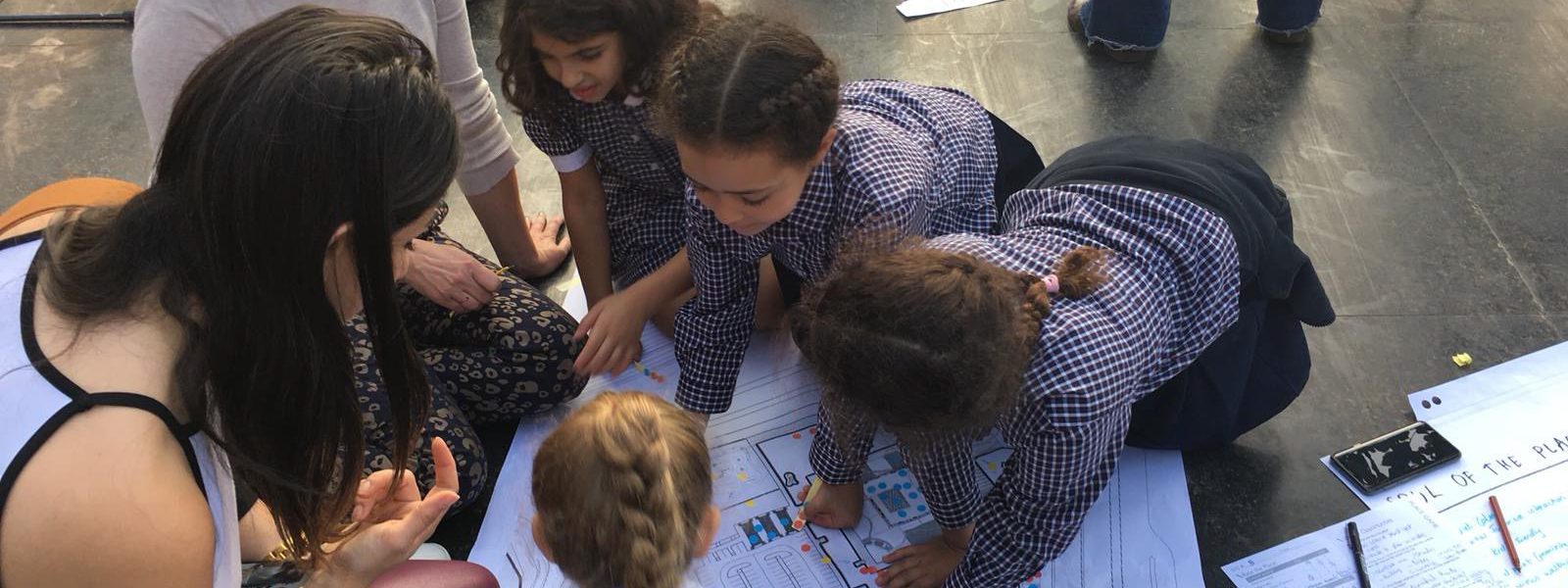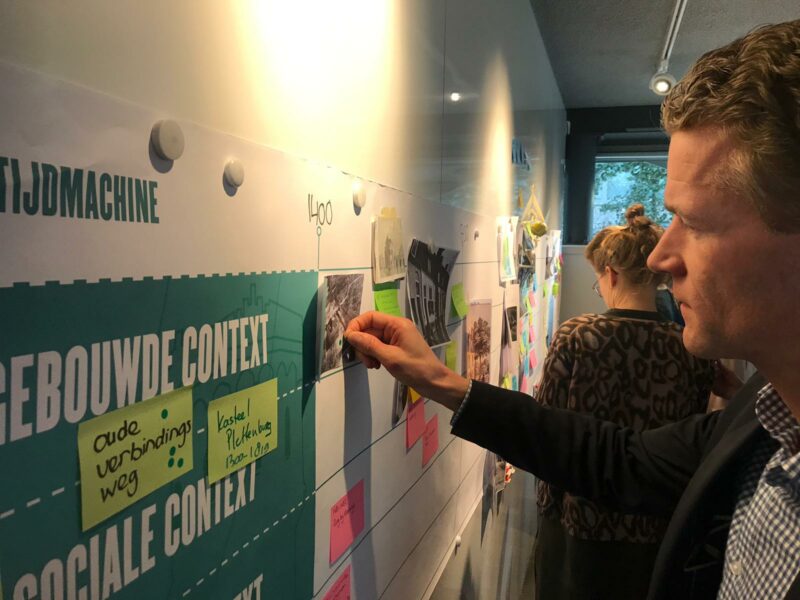





The place as our client
STIPO's Core values
At STIPO we work on better cities and sustainable growth. We are value-driven. We know how we want to work on good, inclusive and sustainable living environments. We formed this method by studying the characteristics of areas that last. The result is a set of six core values which form the base of our work:
1. Long lasting quality
2. Soul of the place
3. Public quality
4. Multiplicity
5. The human dimension
6. Ownership
1. Long lasting quality: lasting quality for urban environments. We work on areas where users feel at home. Now, but also in five, ten, fifty or two-hundred years.
- Long lasting quality. With our urban development trajects, we create the conditions for investments that bring permanent quality to the environment. The project should result in lasting value for the city and its society. This asks for a strong vision in the beginning of the project, as well as a strategy and organisation to realise and maintain this quality.
- Long lasting quality through adaptability. The built environment typically has a long life span, while societies and economies operate on much shorter cycles. A good environment is flexible, so it can ‘breathe’ to accomodate the changing needs of societies and economies without losing its quality.
- Long lasting quality through sustainability. We have attention for conservative energy usage and the preservation of local flora and fauna. Furthermore, the flexibility of a good environment ensures that the place stays relevant and loved for a longer period of time.
2. Soul of the place: the unique character of neighbourhoods and cities.
- To discover the soul of a place means that we delve into the spatial, societal, cultural and economical aspects that give a place its identity. We use this a starting point, so new developments fit and add to the soul of the place.
- The soul of a place also requires making choices. Sometimes, it is necessary to create a new soul of the place. For this reason, we tap into the local character places, and don’t simply use terms like ‘livability’ or ‘clean-whole-safe’.
- The soul of the place is the identity of the area. It gives meaning to a place, and brings local partners together. This shared identity stimulates the feeling of ownership in users, and improves their connection with streets or neighbourhoods.
3. Public Quality: Strong public spaces and strong public domain are cornerstones for getting the most out of the city. Public quality is physically, socially and culturally present in cities.
- Public spaces serve social usage: the encounters, the interactions, the activities, the playing and the sports. Good public spaces contribute to a sense of belonging, a better climate, health and welfare, a child-friendly environment and to economic and social innovation. In our projects, we start with the life,the activity, the software: the social, cultural and economic side of the public domain.
- First life, then places, then buildings — and not the other way around. Too often in area development we see that the buildings come first, and the space that remains is then called public space. Sound area development begins with life, and translates this to the public space, which then serves as the backbone and foundation for the development of buildings. Buildings change, but the public space remains, and is the foundation for lasting public quality if done right.
4. Multiplicity: We work on mixed and layered urban environments, and look from multiple perspectives at cities and their development.
- Multiplicity in functions and use. We work on mixed environments. Appealing urban environments form when there are combinations of various functions and forms of use. In our projects, we mobilize the diverse functions, users, perspectives and expertises from start to finish.
- Multiplicity of users. The city is layered. Within users, there are different groups, each with their own needs. Areas are most sustainable when they are not dominated by one group of users, but when multiple groups feel comfortable in them. To achieve this, inclusive development with attention for users of different population groups is vital.
- Multiplicity refers to the fact that ‘the city is never finished’. Each intervention creates new, unexpected opportunities. STIPO positively uses the sparks that ignite during the transition to new situations, so that they can serve as catalysts for development.
5. The human dimension: the quality of a city, neighbourhood or street stand or fall with the way humans experience that environment.
- An environment where people feel at home should be made from the perspective of the human dimension. What do people see, notice and feel when they walk or bike through the city? We call this: ‘the city at eye level’. We look at the public domain as the full experience that users have when they move through the public space. This experience is not limited to the street itself, but also to the facades of buildings. How are these facades designed at the plinth level? Have the buildings been developed to support usage and comfort? Does the whole picture provide a safe and comfortable feeling, or even a ‘home’ feeling?
- Our profession is a people’s job. Therefore, the human dimension is the foundation for the way we work together with our environment, our clients, our partners and within our team.
6. Ownership: Who owns the city?
- The question: ”Who owns the city?” is heard ever louder. Previously the shots on city development were called by governments, property developers, corporations and investors. Recently however, interest groups of citizens and local entrepreneurs emerge to contribute to decision-making in urban development. Rightly so, in our opinion. We help governments and developers in the transition to making cities together.
- Cities function more sustainably when users continue to contribute and invest through the years. This calls for lasting mental ownership, which can be achieved by building credible governance that enables long-term involvement from all parties.
- After all, there is an abundance of knowledge, experience and ideas to utilize. The more ideas there are, the more creative solutions can be. Making cities together will lead to better city development. Local users are often more present in area, while investors and governments often think long-term and at larger scales. Bottom-up and top-down voices should get an equal seat at the table, as both forms of knowledge are valuable.

Our work is open source so we can inform and inspire others. Conversely, others also have knowledge and experience and can share this with us. Our work is therefore not covered by copyright but by the Creative Commons Licence CC BY-SA 3.0. This licence means you’re free to share and edit our work subject to the terms and conditions of the Attribution-Share Alike licence.

